Surviving in harsh environments is no small feat, yet some creatures not only endure but actually thrive in the most extreme conditions our planet has to offer. From the blistering heat of deserts to the crushing depths of the ocean, these animals have adapted in remarkable ways.
1. Tardigrades: The Indestructible Micro-Wonders
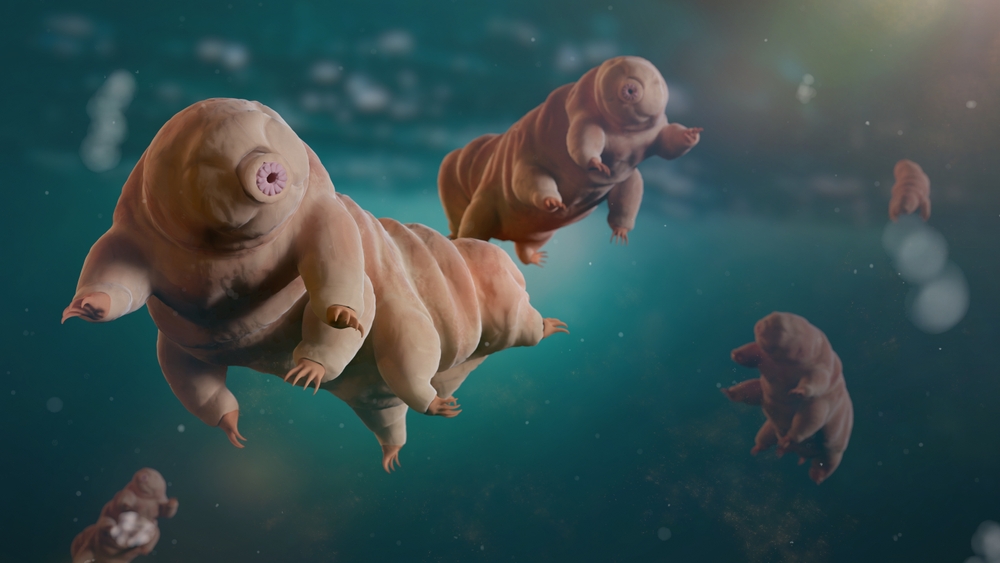
Meet the tardigrades, the microscopic marvels that can withstand just about anything you throw at them. Also known as water bears, these tiny creatures can survive extreme temperatures, high radiation, the vacuum of space, and even being dried out. According to Live Science, they achieve this by entering a cryptobiotic state, essentially suspending their metabolism until conditions improve. Scientists have found them in boiling hot springs, deep ocean trenches, and icy Antarctic landscapes, proving they are the ultimate survivalists.
But what’s their secret? It turns out tardigrades have a unique protein that protects their cells and helps them recover from damage. Imagine being able to pause your life during a snowstorm, only to hit play again when the sun comes out! These resilient critters teach us a lot about adaptability and resilience. They may be tiny, but in the world of extreme survival, tardigrades are giants.
2. Camels: The Desert’s Desert Rose
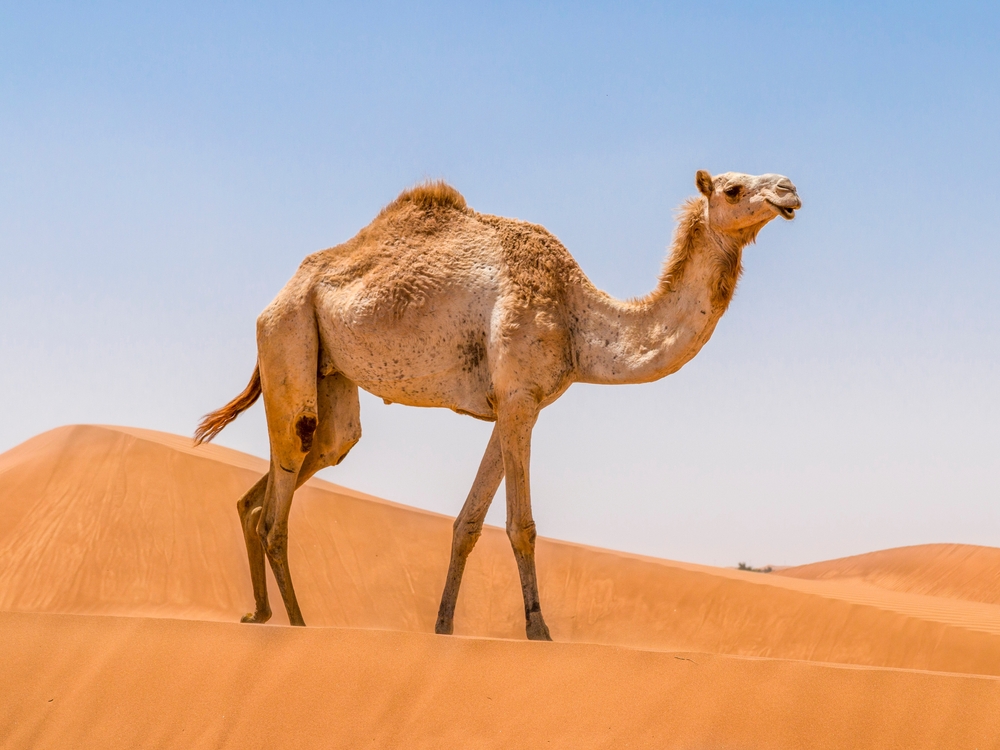
Ah, camels, the quintessential desert dwellers with more survival tricks than a magician’s hat. Known as the “ships of the desert,” camels can travel for days across the arid sands without water. According to Britannica, contrary to popular belief, their humps don’t store water but fat, which they convert into energy and water when needed. This makes them superbly adapted to desert life where water is a scarce commodity.
Camels also have special adaptations like thick eyelashes and closing nostrils to block out sand, and broad, cushioned feet that won’t sink in the sand. Their ability to withstand extreme temperatures and retain water makes them invaluable to desert communities. So, the next time you see a camel, give a nod to their impressive survival skills. They’re not just surviving—they’re thriving under the harsh desert sun.
3. Emperor Penguins: The Frosty Warriors
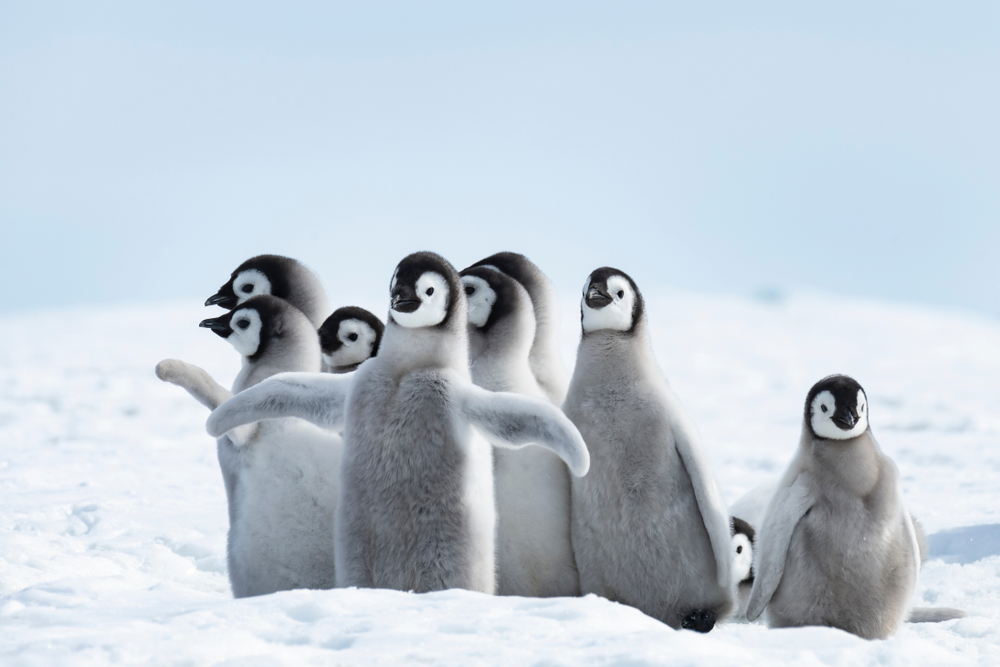
Emperor penguins are the tough cookies of the Antarctic, braving temperatures as low as -60°C (-76°F) to raise their young. These cuddly-looking warriors have a unique reproductive cycle that involves enduring the harshest winter conditions. The males incubate the eggs on their feet, keeping them warm under a special flap of skin, while the females head out to sea to feed. Talk about shared parenting responsibilities, right?
But it’s not just about braving the cold. Emperor penguins huddle together for warmth, rotating positions to ensure everyone gets a chance in the warmer center. Their layered feathers and thick fat reserves provide excellent insulation. So, while we might shiver at the thought of winter, these penguins show us what true endurance looks like in the frozen wilderness.
4. Saharan Silver Ants: The Desert Speedsters
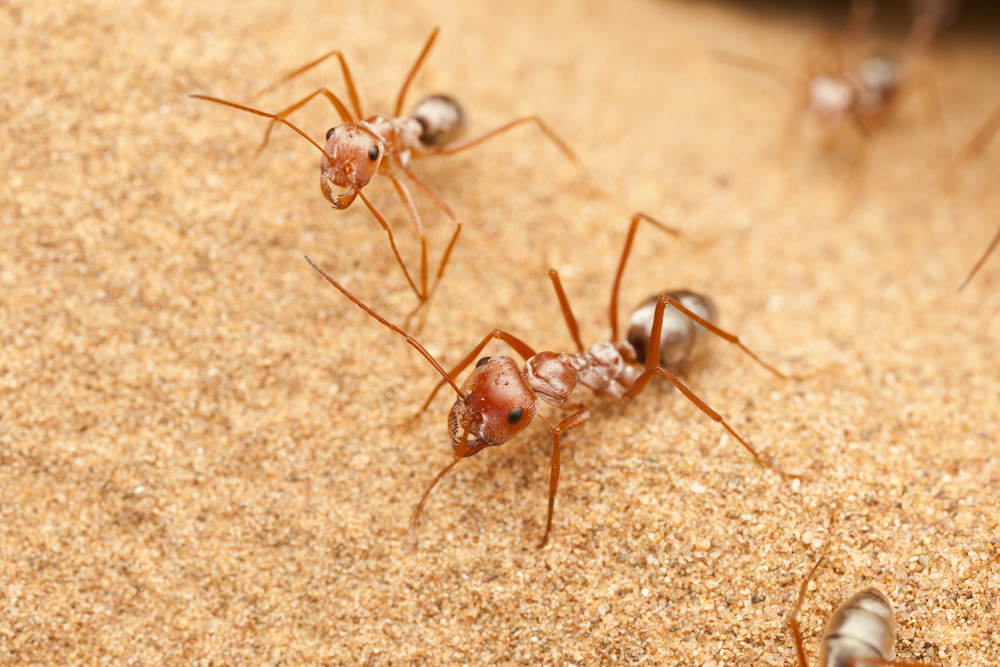
Saharan silver ants are the Usain Bolts of the insect world, sprinting across scorching sand at lightning speeds. These ants venture out during the hottest part of the day when temperatures soar above 50°C (122°F), a time when most predators have retreated to the shade. Their incredible speed and reflective silver hairs help them avoid getting fried by the desert sun.
Their secret lies in their long legs, which keep their bodies elevated away from the scorching ground. They also have a special protein that allows them to endure extreme heat for short bursts. This means they can make quick raids on food sources like dead insects, sprinting back to their nests before they overheat. If you ever need motivation to get moving, just think of these speedy little survivors!
5. Deep-Sea Anglerfish: Masters Of The Abyss
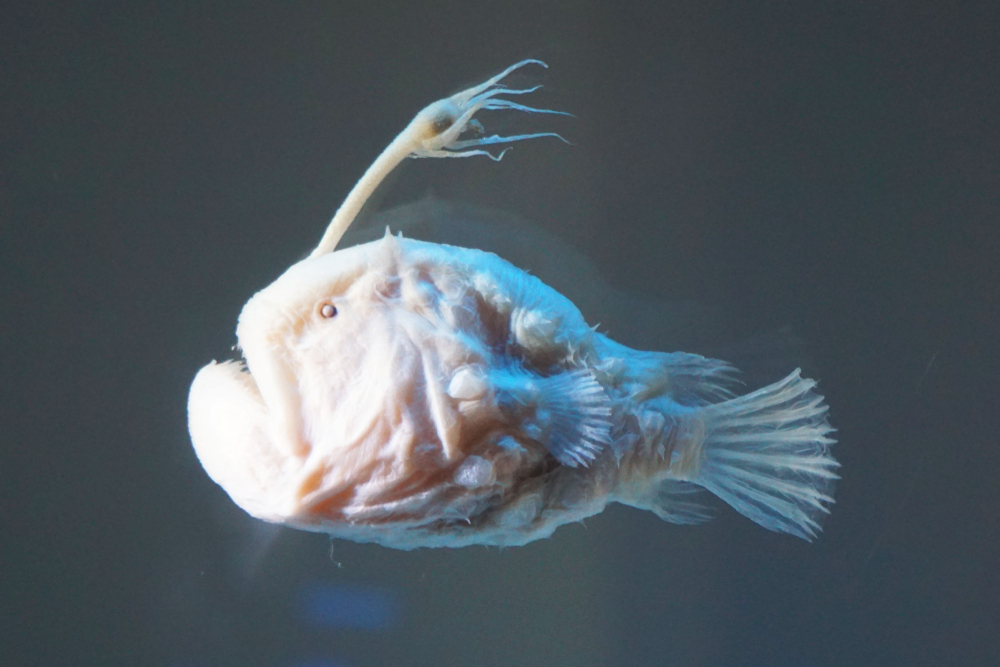
Meet the deep-sea anglerfish, the eerie-looking predators of the ocean’s darkest depths. Living thousands of meters below the ocean surface, these fish thrive in complete darkness and crushing pressure. Their most notable feature is a bioluminescent lure that dangles in front of their mouths, attracting unsuspecting prey in the pitch-black water.
Anglerfish have adapted to the abyss with large mouths and expandable stomachs, allowing them to swallow prey nearly twice their size. Interesting fact: the males are much smaller and attach themselves to females, becoming permanent parasites for reproductive purposes. In the harsh, lonely depths of the ocean, anglerfish have made some unusual adaptations to live and love!
6. Polar Bears: The Arctic Giants
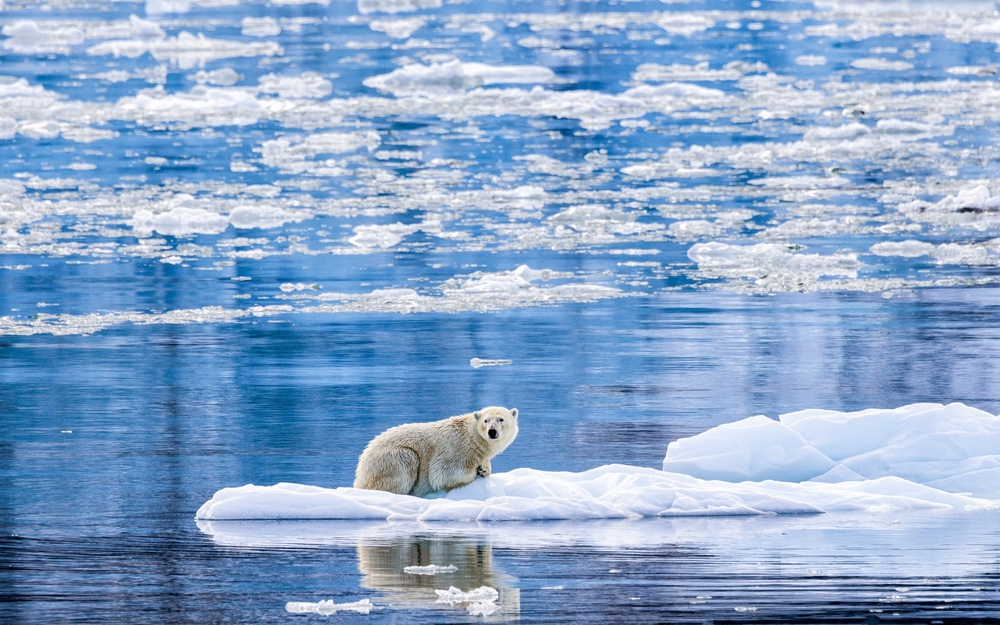
Polar bears are the majestic giants of the Arctic, navigating one of the coldest environments on Earth. With temperatures dipping to -40°C (-40°F), their thick fur and a substantial layer of blubber keep them warm and buoyant. They’ve evolved to be excellent swimmers, often traveling long distances across icy waters to hunt seals, their primary food source.
But it’s not all ice and snow for these bears—they’re facing the harsh realities of climate change, which is rapidly altering their habitat. Despite this, polar bears remain symbols of resilience, adapting their hunting strategies and migration patterns. As we learn more about these incredible creatures, they remind us of the importance of protecting their fragile Arctic home.
7. Dromedary Camels: The One-Humped Wonders
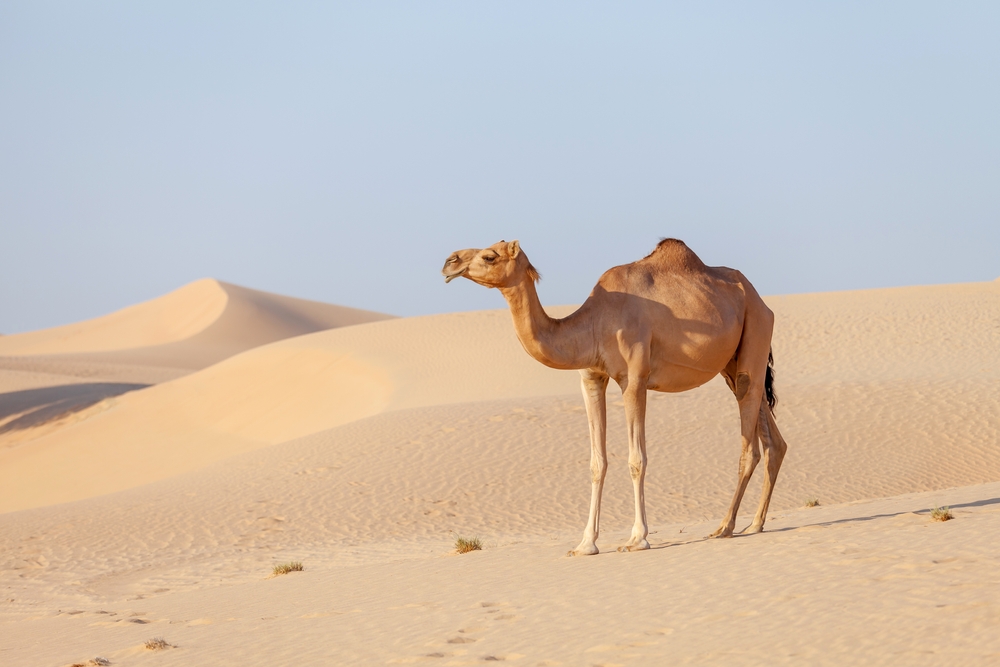
Dromedary camels, with their single hump, are the kings of the desert sands, perfectly designed for life in arid environments. These camels can endure long periods without water, losing up to 25% of their body weight through dehydration—a feat that would be fatal for most animals. When they do find water, they can guzzle down around 100 liters (26 gallons) in just a few minutes.
Their physiological adaptations are nothing short of miraculous. From their oval-shaped blood cells that help maintain circulation during dehydration to their ability to raise body temperature to avoid sweating, dromedaries are desert survivalists. Next time you think about life without air conditioning, remember these one-humped wonders and their incredible endurance.
8. Rotifers: The Masters Of Dormancy
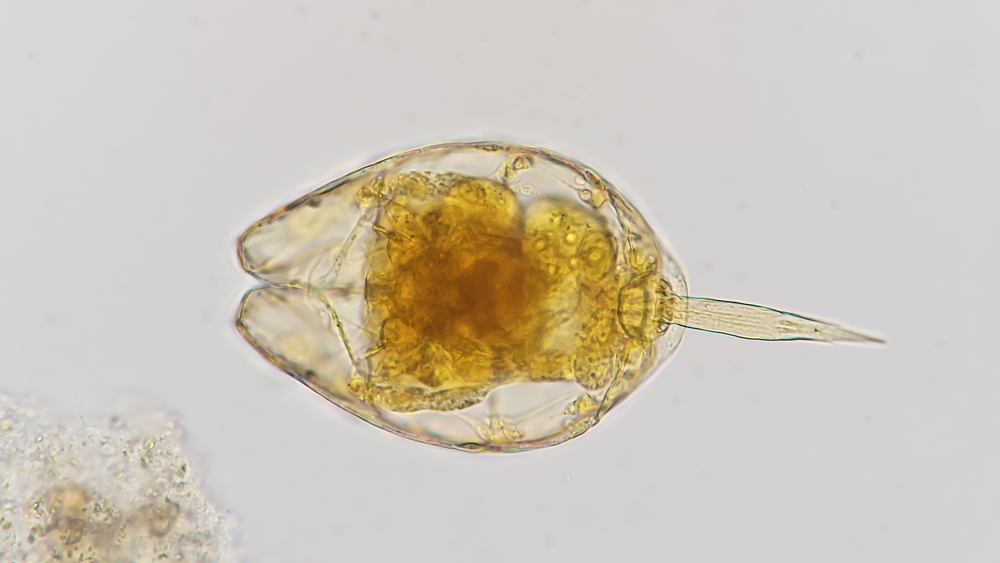
Rotifers, though microscopic, are champions of survival, inhabiting freshwater environments worldwide. These tiny creatures can endure extreme conditions by entering a state of cryptobiosis, similar to tardigrades. During droughts, they dry out and become dormant, springing back to life when water returns.
Their ability to withstand desiccation, freezing, and radiation makes them fascinating subjects for scientific research. Despite their small size, rotifers play a crucial role in aquatic ecosystems, helping to recycle nutrients. They remind us that even the tiniest creatures can have an enormous impact on our world. In the grand tapestry of life, rotifers are the stealthy, resilient threads holding it all together.
9. Yaks: The High-Altitude Survivors

Yaks are the rugged bovines of the Himalayas, perfectly built for life at dizzying altitudes. Their thick woolly coats and large lungs make them superbly adapted to cold, low-oxygen environments. Yaks provide essential resources to the local communities, from milk and meat to wool and transportation.
Surviving in the thin air of the Himalayas, yaks have larger hearts and lungs compared to other cattle, allowing them to efficiently process oxygen. They are vital to the livelihoods of the people who live in these high-altitude regions, serving as a reminder of our interconnectedness with nature. With their unyielding presence in the mountains, yaks are truly the unsung heroes of the Himalayas.
10. Kangaroo Rats: The Desert Acrobats
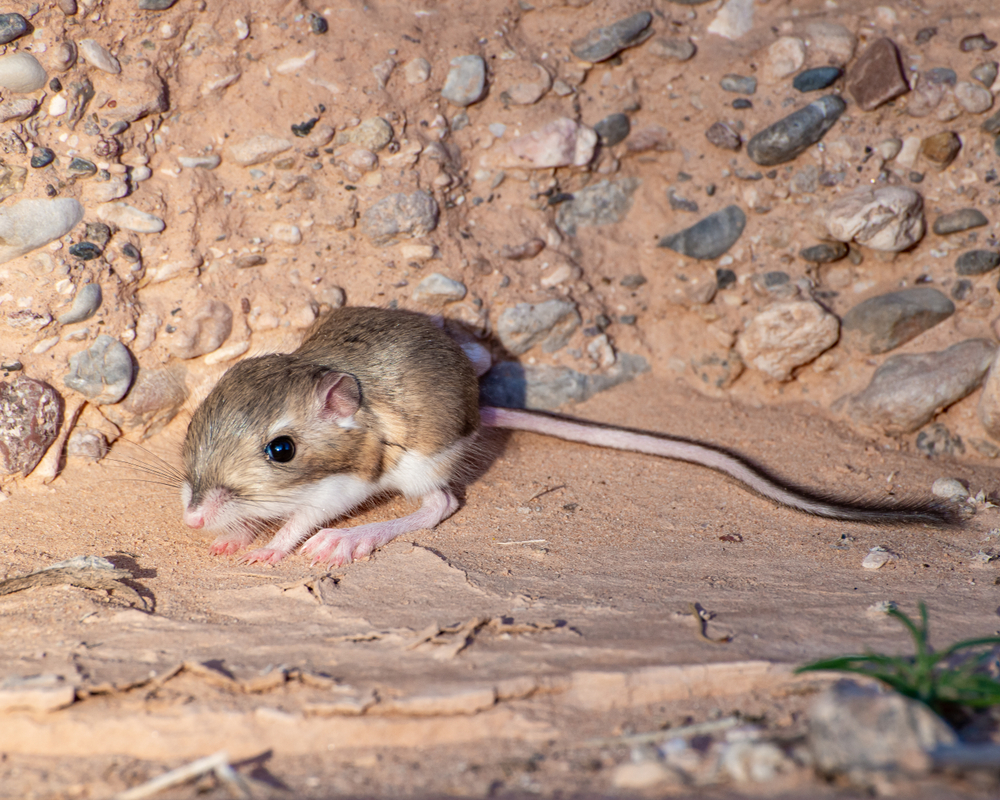
Kangaroo rats are the agile acrobats of the desert, living in the arid regions of North America. They survive without ever drinking water, getting all the moisture they need from their diet of seeds. Their kidneys are specially adapted to conserve water, producing concentrated urine to minimize water loss.
With powerful hind legs, they can leap great distances, an essential skill for avoiding predators. Their cheek pouches store food, which they stash in burrows to consume later. These nocturnal rodents thrive in the desert by minimizing activity during the heat of the day, emerging at night to forage. So, while it might seem like they’re just hopping around for fun, every leap is a step towards survival.
11. Arctic Foxes: The Winter Tricksters
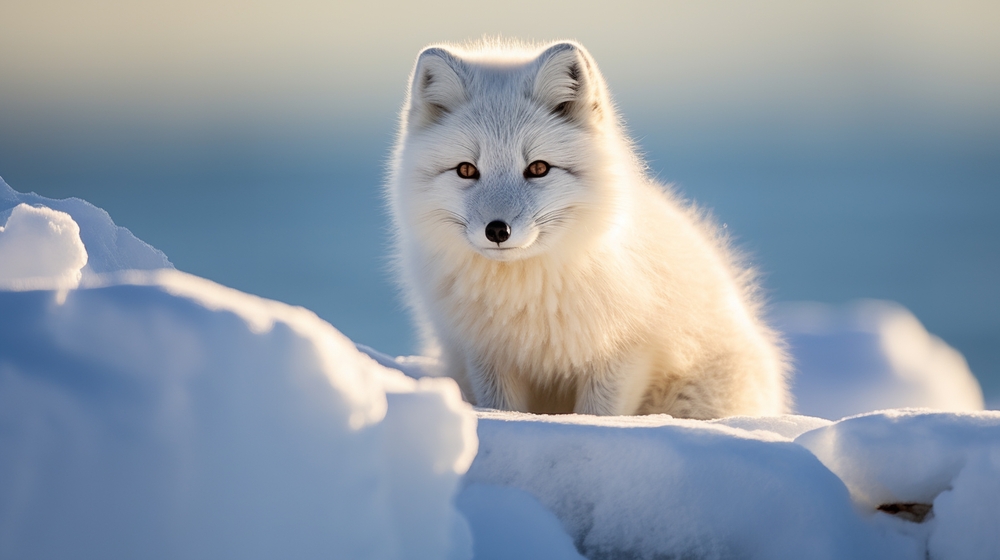
Arctic foxes are the cunning tricksters of the tundra, perfectly adapted to the snowy landscapes of the north. Their thick white fur not only provides warmth but also acts as camouflage against the snow. During the summer, they shed their coats to adopt a brownish-gray hue, blending in with the rocky terrain.
With a keen sense of smell and hearing, these foxes can detect prey beneath the snow, diving headfirst to catch a meal. Their diet varies with the seasons, from lemmings and birds to fish and carrion. Arctic foxes are resourceful, even following polar bears to scavenge leftovers. In the harsh Arctic environment, their adaptability and cunning make them true winter survivors.
12. Flamingos: The Elegant Extremophiles
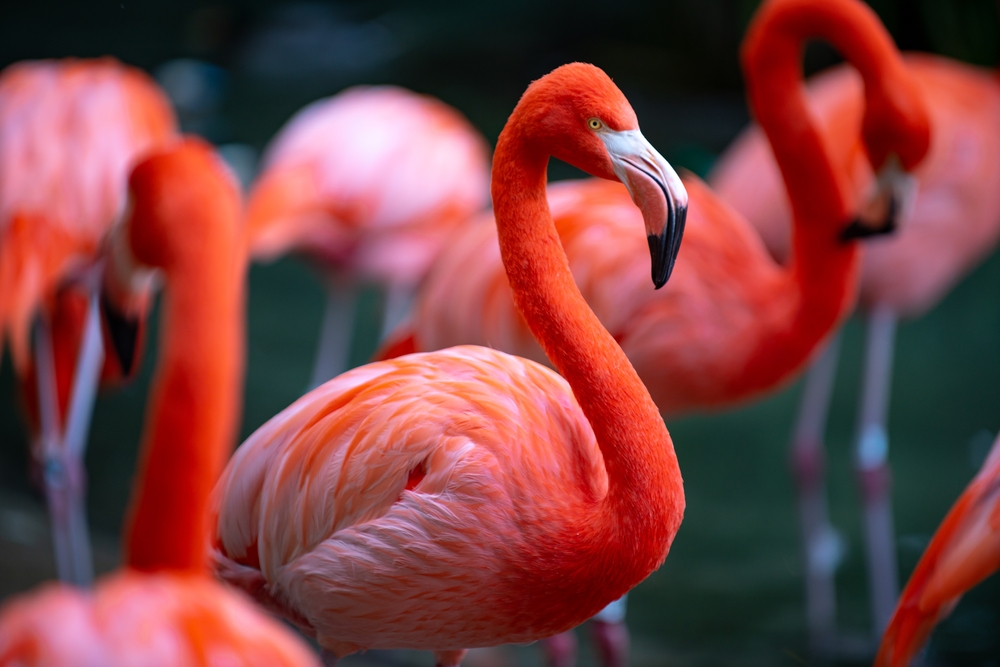
Flamingos, with their vibrant pink plumage, thrive in some of the most extreme wetlands on Earth. These elegant birds are often found in high-saline environments, like salt flats and alkaline lakes, where few other animals can survive. Their specialized bills filter out food from the water, including brine shrimp and blue-green algae, which help maintain their striking color.
Their long legs and webbed feet allow them to wade through the shallow waters, feeding in areas where competition is scarce. Flamingos’ ability to drink hot, saline water and tolerate high levels of salinity makes them exceptional extremophiles. Next time you spot a flamingo, remember they’re not just pretty—these birds are extreme survivors in disguise.
13. Cactus Wrens: The Desert Songbirds
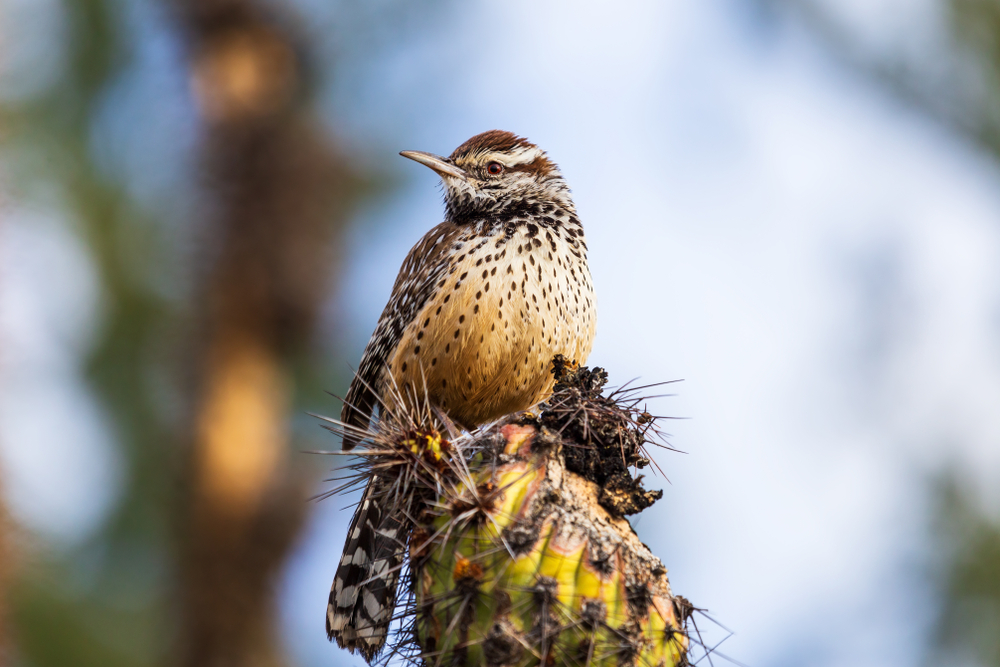
Cactus wrens are the melodious inhabitants of the American Southwest, making their homes among the cacti. These birds have adapted to the desert’s harsh conditions by building nests in cacti, which provide protection from predators and extreme temperatures. Their diet consists of insects, fruits, and seeds, allowing them to thrive even when resources are scarce.
Cactus wrens are excellent builders, constructing dome-shaped nests with side entrances to keep out the heat and predators. They are also known for their loud, distinctive songs, which can be heard echoing across the desert landscape. Despite the challenges of desert living, cactus wrens have found a way to sing their way through life, reminding us of nature’s resilience.
14. Antelopes: The Wind Runners
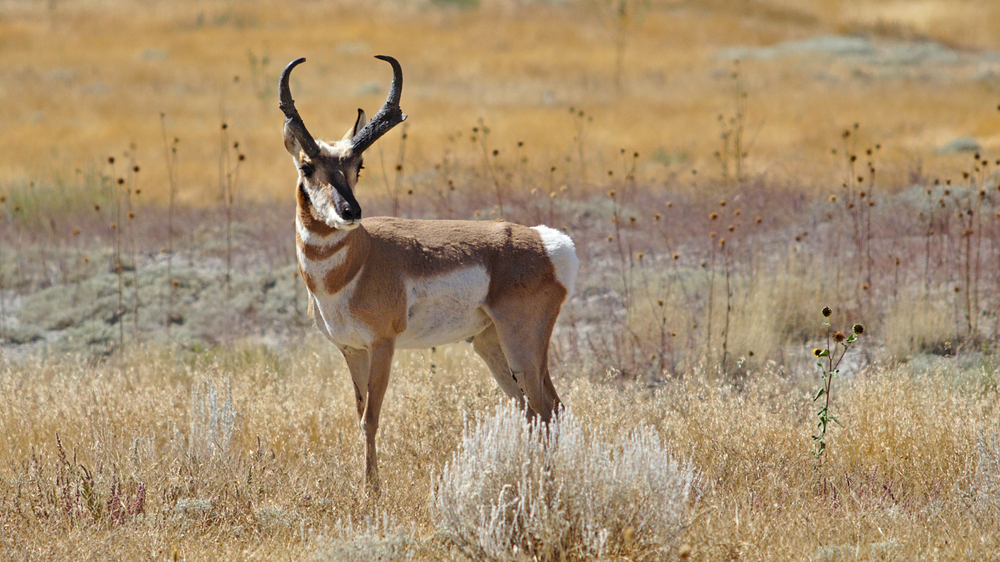
The Tibetan antelope, or chiru, are the graceful runners of the high-altitude Tibetan Plateau. Surviving in one of the world’s harshest climates, their thick fur keeps them warm in freezing temperatures. These antelopes are built for speed, enabling them to escape predators in the wide-open plains.
Their large lungs and heart allow them to thrive in the thin air of the plateau. Unfortunately, they face threats from poaching and habitat loss, but conservation efforts are underway to protect these magnificent animals. The Tibetan antelope’s resilience and grace in the face of adversity make them truly remarkable survivors.
